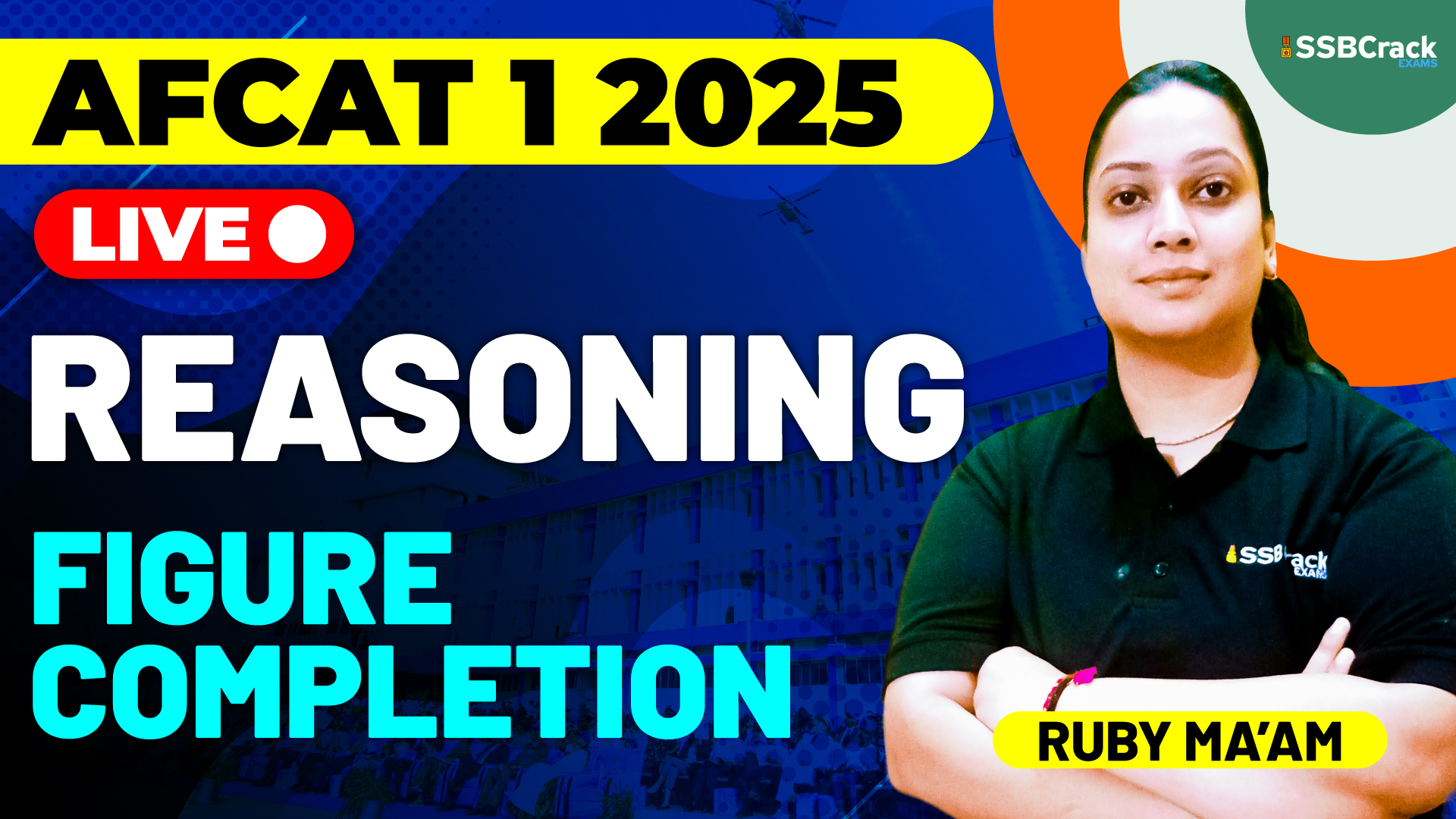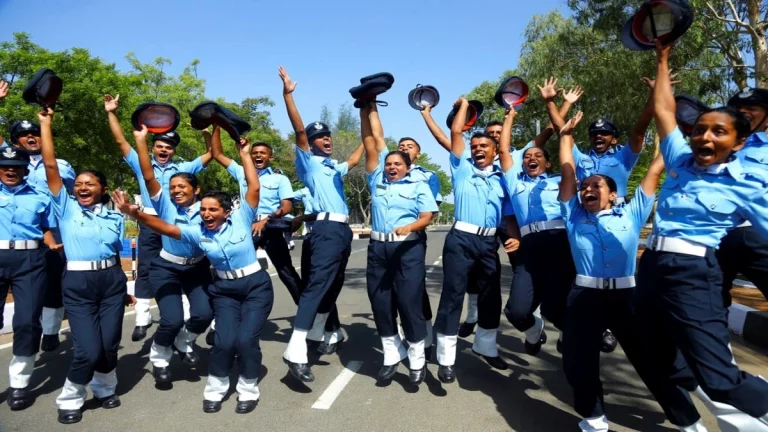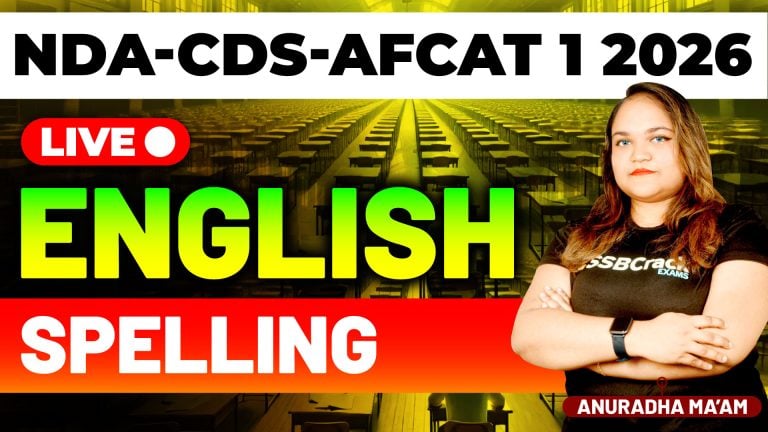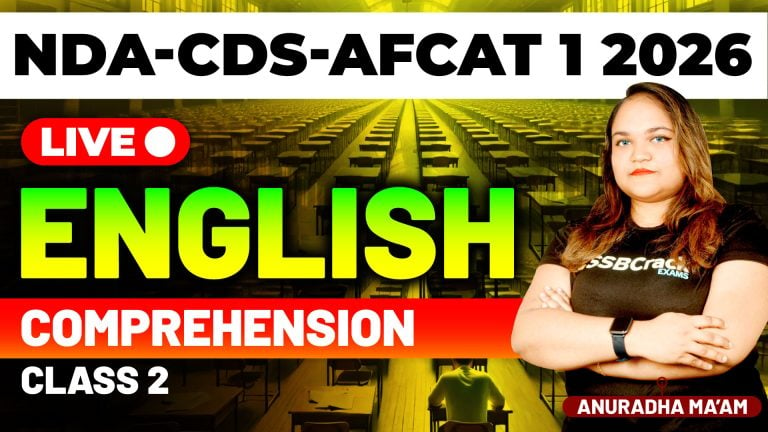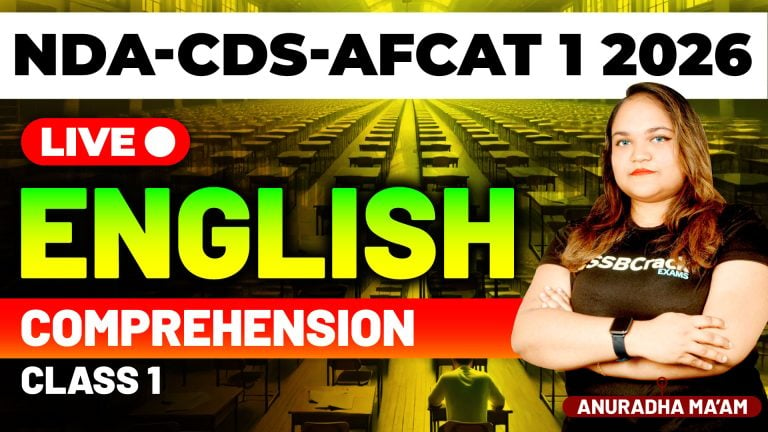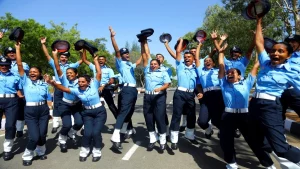AFCAT (Air Force Common Admission Test) is a gateway for aspirants aiming to join the prestigious Indian Air Force. One of the key sections in the AFCAT exam is reasoning, which tests an individual’s logical thinking, problem-solving ability, and spatial reasoning. Among the various question types in this section, figure completion plays a significant role. Understanding and excelling in this area is crucial for aspirants, as it not only enhances their score but also reflects their ability to perceive patterns and think critically—skills essential for a career in the Indian Air Force.
What is Figure Completion?
Figure completion is a non-verbal reasoning topic where a part of a given image or figure is missing, and the aspirant is required to identify the correct missing piece from the options provided. These figures could be geometrical shapes, patterns, or even complex designs. The challenge lies in recognizing how the shape will be completed by visualizing and predicting the missing portion.
Why is Figure Completion Important?
- Tests Spatial Awareness
Spatial awareness is the ability to understand and visualize objects in space and how they relate to each other. In the Air Force, officers are required to have excellent spatial orientation, especially pilots, engineers, and ground controllers. Figure completion helps measure this skill, allowing recruiters to assess how well an individual can visualize objects and their orientation in space. - Develops Pattern Recognition Skills
The ability to recognize patterns is crucial for problem-solving and strategic planning. In figure completion, aspirants must detect patterns in incomplete shapes and deduce the missing part. This skill is valuable in decision-making, as it enhances one’s ability to identify trends or anomalies in real-world scenarios. - Boosts Logical Thinking
Figure completion is not just about matching shapes; it involves critical and logical thinking. Aspirants need to analyze the figure, predict its outcome, and eliminate incorrect options based on logic. This methodical approach can also be applied to other areas of reasoning, making it a core skill in the AFCAT reasoning section. - Time Management
AFCAT is a time-bound exam, and figure completion questions are generally less time-consuming compared to other types of reasoning questions. With consistent practice, aspirants can solve these questions quickly, giving them more time for other sections. This efficiency can greatly improve their overall performance in the exam. - Enhanced Problem-Solving Ability
Problem-solving is a key skill for Air Force officers, whether in operational, strategic, or tactical roles. Figure completion questions enhance an individual’s ability to approach problems from different angles, identify solutions, and implement them quickly. - Accuracy and Attention to Detail
In figure completion, even the smallest detail can make a difference in choosing the right answer. This sharpens the aspirant’s attention to detail—a quality indispensable for tasks such as reading flight instruments, analyzing radar data, or carrying out precision-based engineering tasks.
Tips to Excel in Figure Completion
- Practice Regularly
Regular practice is essential for mastering figure completion. Solving different types of figure completion questions enhances familiarity with patterns and reduces the time taken to solve them. - Focus on Visualization
Train yourself to visualize how different shapes fit together. This can be done by mentally rotating and flipping objects, which is a common approach in solving such questions. - Break Down the Figure
If the figure seems complex, break it down into simpler shapes or segments. This helps in identifying the missing part more easily. - Learn from Mistakes
When you make a mistake, take the time to understand why you got it wrong. Was it due to a lack of attention to detail, poor visualization, or pattern recognition? Correcting these mistakes will strengthen your skills. - Time Yourself
Practice solving figure completion questions under timed conditions to mimic the exam environment. This will help you manage time effectively during the actual exam.
Conclusion
Figure completion in AFCAT reasoning may seem like just another question type, but its significance is immense. It develops spatial awareness, enhances problem-solving, boosts logical thinking, and improves pattern recognition—skills that are essential for an Air Force officer. By mastering figure completion, aspirants not only improve their chances of success in the AFCAT exam but also prepare themselves for the demands of a career in the Indian Air Force.
